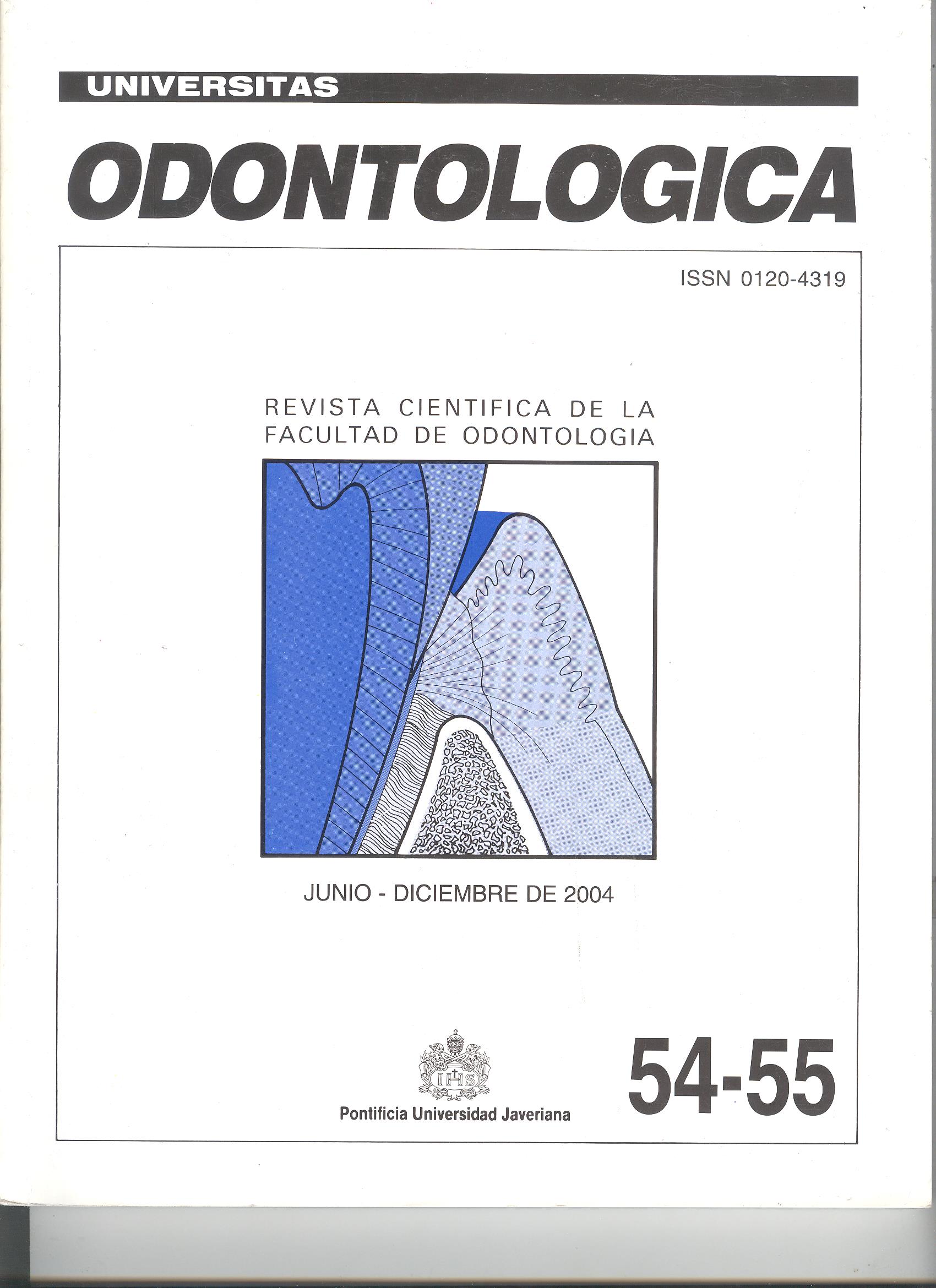Abstract
BACKGROUND: In Colombia, there is a need of analyzing bite prints, due to the increasing of personal lesions involving that kind of evidence. However, this analysis is controversial, as bite prints are so subtle that could be ignored. There are different opinions and a lack of evidence about the dental features of the Colombian mestizo population. OBJECTIVE: To analyze the significant dental features of the bite print lesions regarding gender and age, in order to determine if they give a strong evidence to solve forensic cases. METHODS: The design of the study was observational. People older than 15 years of age were included in the sample, and those with orthodontic appliances and/or anterior dental prosthesis were excluded. The variables studied were superior and inferior arch form, intercanine distance, mesodistal dental diameter (inmillimeters), dental absence, dentalmalpositions, diastemas, fractures, erosions, age and gender. Dental casts were taken. Data were analyzed through non-parametric variance and theFischer’s test (p=0.05). RESULTS: When related to the gender, the next variables were statistically significant: superior and inferior mesodistal canine diameter, superior intercanine distance,incisal erosion and incisal fracture of tooth 22. None feature was statistically significant when related to age. CONCLUSIONS: Bite prints are notreliable to solve forensic cases, and still are controversial.
Jiménez A. Memorias. X Congreso Nacionalde Medicina Legal y Ciencias Forenses. Bogotá,D. C., Colombia: Instituto Nacional de MedicinaLegal y Ciencias Forense, 2000; 2-4
Hernández R, Fernández C, Baptista P. Metodologíade la investigación. México DF, México:McGraw-Hill Interamericana, 1998
Bowers M. Arguments on the individuality ofhuman teeth. J Forensic Sci 1984 Jun; 14(3): 3
Herazo B. Antropología y epidemiologíabucodental colombiana, 1ª ed. Bogotá, D. C.,Colombia: Ecoe, 1992
Wheeler RC. Anatomía dental: fisiología y oclusiónde Wheeler, 7ª ed. México DF, México:McGraw-Hill Interamericana, 1996; 149,161
Vargas E. Deontología forense, 3ª ed. San José,Costa Rica: Medicina Legal, 1983; 40
Correa A. Individualidad por medio de las característicasestomatológicas, 1ª ed. México DF,México: Trillas, 1990; 20
Aquiles M. La odontoscopia, 2ª ed. Illinois, USA:Beth McEoin, 1990; 87-8
Casas JA, Valdés Y, Rodríguez JV, Polanco H,Herazo B. Odontología forense. Bogotá, D. C.,Colombia: Ecoe, 1995; 72, 74
Christensen H. Traumatología forense, 1ª ed.México DF, México: Limusa – Wiley, 1992; 104-5
Zagarra J. Odontología en la gran expediciónhumana: Los Embera de San francisco, Cauca.Univ Odontol 1996 Mar; 15(29): 33-4
Velásquez A. Estudio piloto correlacional entrelas características de dentición natural y lashuellas de mordedura. Trabajo de pregrado enodontología. Director: Casas JA. Bogotá, D. C.,Colombia: Facultad de Odontología, UniversidadEl Bosque, 2000; 7

This work is licensed under a Creative Commons Attribution 4.0 International License.
Copyright (c) 2004 Universitas Odontologica


